Cold-calling NASA and getting them on board with your idea may seem out of this world, but entrepreneur, mother and co-host of CNBC’s “Make Me a Millionaire Inventor” Deanne Bell has never let the impossible stand in her way.
Similarly, she recognizes that the STEM geniuses of tomorrow should not let being young hinder their creativity. In fact, they deserve a platform that celebrates it. That’s why she founded Future Engineers, a free, online education organization for K-12 students. Bell’s courage and confidence were well received, earning the company a technical partnership with NASA and sponsorship with ASME (Association of Mechanical Engineers).
Her organization puts on national “innovation” challenges such as 3D printing for outer space. We sat down with Bell at Future Engineer’s LA Office, with some aromatic tea in hand, to discuss what Future Engineers is doing to expand K-12 education and what it means to be a female role model in the STEM world.
Darling Magazine: What inspired you to start Future Engineers? Did something happen in your life during the K-12 pool that really struck a chord with you?
Deanne Bell: When I was a girl, I did after school programs where we were inventing and building and I had a team of all girls. We’d all come to my house and use power tools and everything. We’d go to thrift stores and get junk and take it apart and use our motors to build these whimsical creations.
I was just in love with that process of turning an idea into a reality and realizing that an idea is great, but really the passion for me is how do I dream of anything, and how do I build the toolsets and the skill-sets I need to turn my idea into a reality? That is a foundation of mine as a little girl and obviously it was a big part of why I chose to be an engineer.
DM: You have quite a diverse career going from designing opto-mechanics for aircrafts to working for PBS, ESPN, Discovery Channel, to co-hosting CNBC’s Make Me a Millionaire Inventor and so much more. How did these experiences prepare you for this next step in Future Engineers?
DB: For me, I think that’s what’s really great: that science and engineering are not in a silo, [they’re] not in textbooks. It’s everywhere. I started to realize there’s so much inspiration potential everywhere. It’s not, “Oh, there’s this really cool technology that I’ve heard of in another country that’s doing this.” No. It’s in your backyard. It’s on your body. There’s science and engineering everywhere.
So, for me, I think that’s what’s most inspiring, seeing how we communicate, how we communicate the excitement in every day things to kids. In life you just have a lot of experiences to build off of and my goal is how to translate that into tangible learning experiences for students.
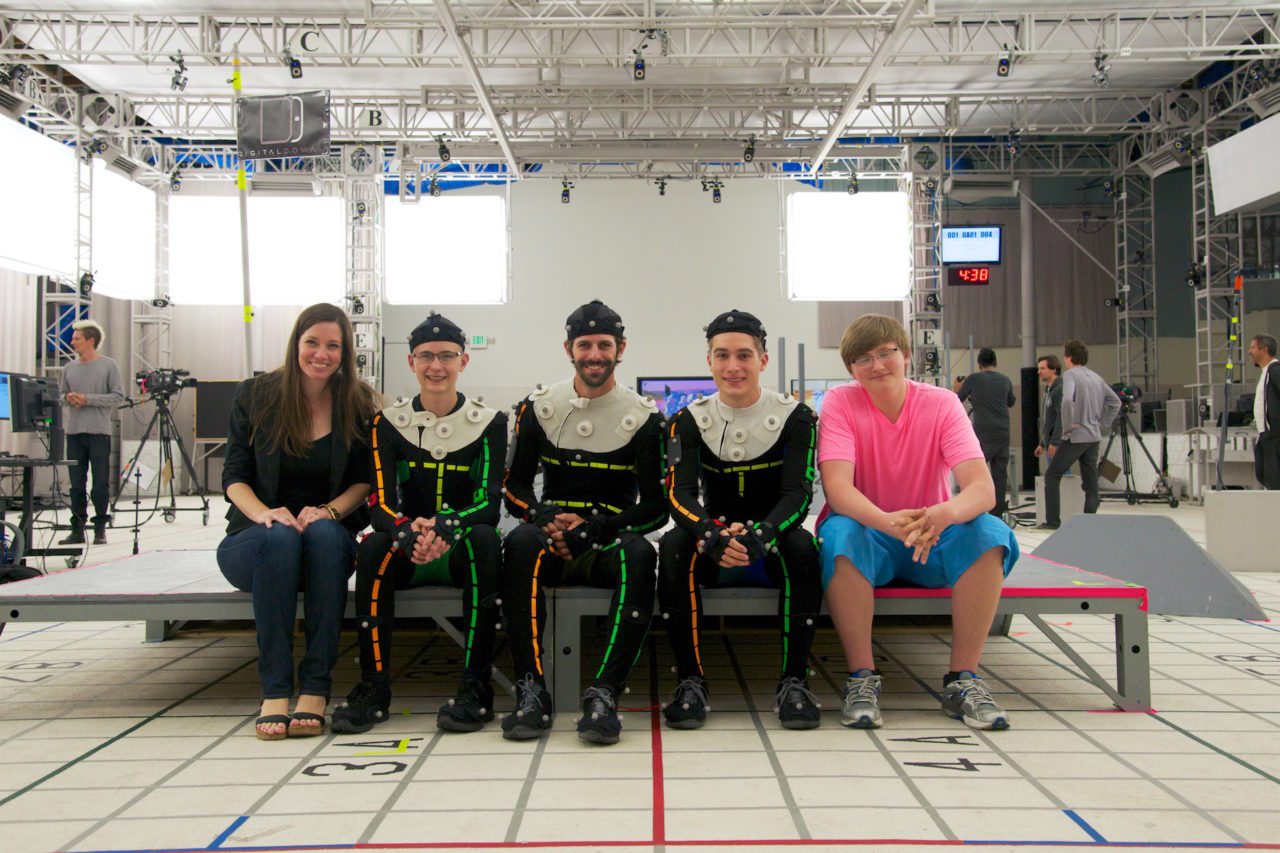
DM: It’s interesting, because you think about engineering as such a left-brained activity, but it seems like a lot of creativity goes into the process as well.
Deanne Bell: I think we as a society need to acknowledge that more and embrace that more. All the challenges that we do [at Future Engineers] are design challenges. So you have a challenge, you learn science concepts, you learn some design skills.
For our 3D printing challenges you learn 3D design skills, come up with a solution and submit it in a competition, so there’s prizes and all that fun stuff. But it’s a very creative endeavor. If you are, let’s say, a third grader, or even a twelfth grader, you can attack our challenges from different angles, whether you’re an artist or whether you’re in a science class. There’s different perspectives and different approaches where you need to come up with great solutions, where astronauts can potentially 3D print in space. We’re really excited about that and how to really embody the multidisciplinary aspects of engineering.
I feel like anyone who is in front of a 3D printer has their jaw drop in awe. When they learn about the benefits of 3D printing in space, they double jaw draw drop, like, “Whoa, this is mission critical for long duration space travel.” And a 3D printer is so influential in that when a student has an idea, they can use digital design skills and, within a day, a student can hold that idea in their hand. That’s really, really empowering.
DM: As engineering is still thought to be a male-dominated field, how do you feel being the outlier?
DB: My personal belief is just to be out there and just to show my passion. I love engineering, I’m like an engineering fan girl. I really, really love what I do, I love my job and I’m focused on just making sure that other women see that and other girls see that. Furthermore, if there’s a young girl, a college-aged girl or even an early career girl that needs mentorship, I’m someone they can always talk to. [I] will always pull them up. I think that we all succeed on the shoulders of the generations before us and I’ve had women in my life who have been really influential and helped me get to where I am.
The more we can be visible in all of the exciting things that we’re doing, the more women will be changing those numbers and hopefully encouraging more women to go into the field of technology.
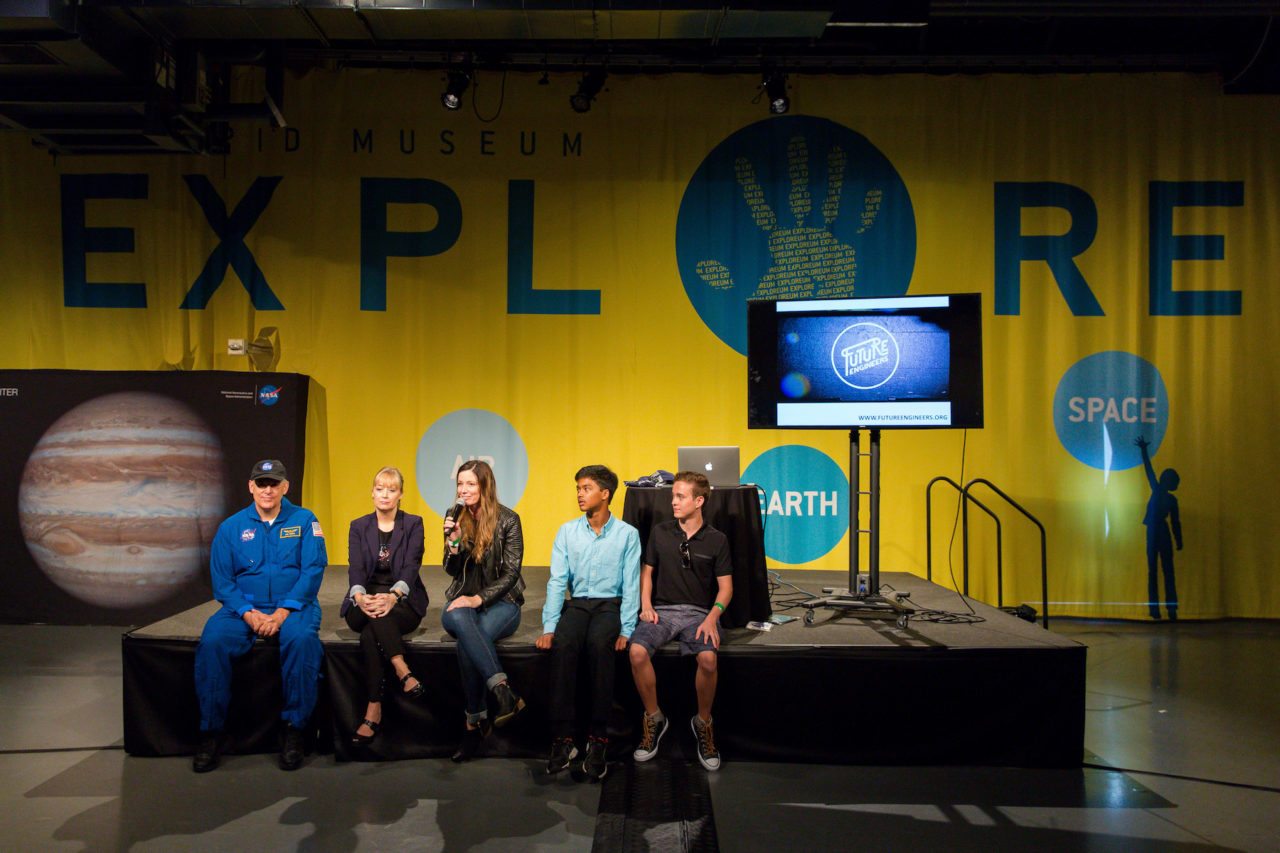
DM: A recent study showed that girls abruptly stop their interest in STEM careers at age 15. How are you planning to combat this disinterest through Future Engineers and your career in general?
DB: I think it’s really, really important to get girls building and to make sure girls feel empowered to get hands-on, get their hands dirty. You know, build something and if it doesn’t work, try again and just dive in. I always just say just dive in. You’re never going to know everything, but you just have to dive in and figure it out.
Obviously as a female-led company, I’m present and I speak at a lot of events and just share my passion as a female engineer. But as well, when we create media on our site, we create videos. We’re big on creating media to make more challenges, we always keep that in mind so that we can showcase a full spectrum of what we consider to be the next generation engineers.
We [the Future Engineers company] are 100 percent female. I don’t know if that will be the case going forward. I want to be very clear that we are not exclusive of any genders. We’re very, very inclusive. Our goal is to make sure that we’re representing a female perspective as well, in an inclusive engineering environment.
I’m very proud to say that in our last challenge, the Mars Medical Challenge, our female representation in our junior age group was 49 percent. We know those are formative years for engaging students, girls and boys in engineering education so we’re really proud of that and that’s something that we’re going to continue to try to nurture.
I always just say just dive in. You’re never going to know everything, but you just have to dive in and figure it out.
DM: What were your thoughts when cold-calling NASA? Clearly it was a success, but tell us how that process went, from working yourself up to do it to actually capturing their attention.
DB: I’m a big nerd, so I research a ton. I researched many payloads going into the International Space Station in the upcoming year. I went through all the expeditions and what kind of research was going to be conducted. I saw that there was a 3D printer going to the space station in the future, as a future payload. As I started researching that more and I watched the videos, I saw there was a woman, Niki Werkheiser, that’s NASA’s In-Space Manufacturing Project Manager. She spoke so confidently. She just presented that research in a way that was so captivating and I just knew I really want to connect with her and see how we can do an outreach program related to this exciting research that NASA is doing.
So, while it was a cold call, it was a targeted cold call in that I knew who the person was that I thought would be a great advocate for this. I reached out to Nikki and I think immediately, we both realized the exciting potential that could be here both to educate the general public about the excitement of 3D printing in space and manufacturing in space, as well as the potential for this to really connect with the younger generations.
There are maker spaces and 3D printers popping up in schools across the country and we want to make sure those just aren’t dusty in the corner, that they’re being used and you really need a good activity or a good challenge to be able to engage with that. There was just such a great combination there.
DM: What is it like to balance your work life and family life? How can women looking to have a thriving entrepreneurial career like yours be present in both spheres of their life?
DB: I’m a mom. I have a two-year-old daughter and when I started Future Engineers, I was pregnant. We launched the first challenge when I was eight months pregnant. I actually had to get special approval for my doctor to go to a rocket launch, not that I probably needed it, but I was just like, “You know, I’m going to a rocket launch, and I know that’s probably not normal, is that okay?”
(It was totally fine. So if you’re out there [pregnant] and you’re going to a rocket launch, you don’t need approvals. You’re good.)
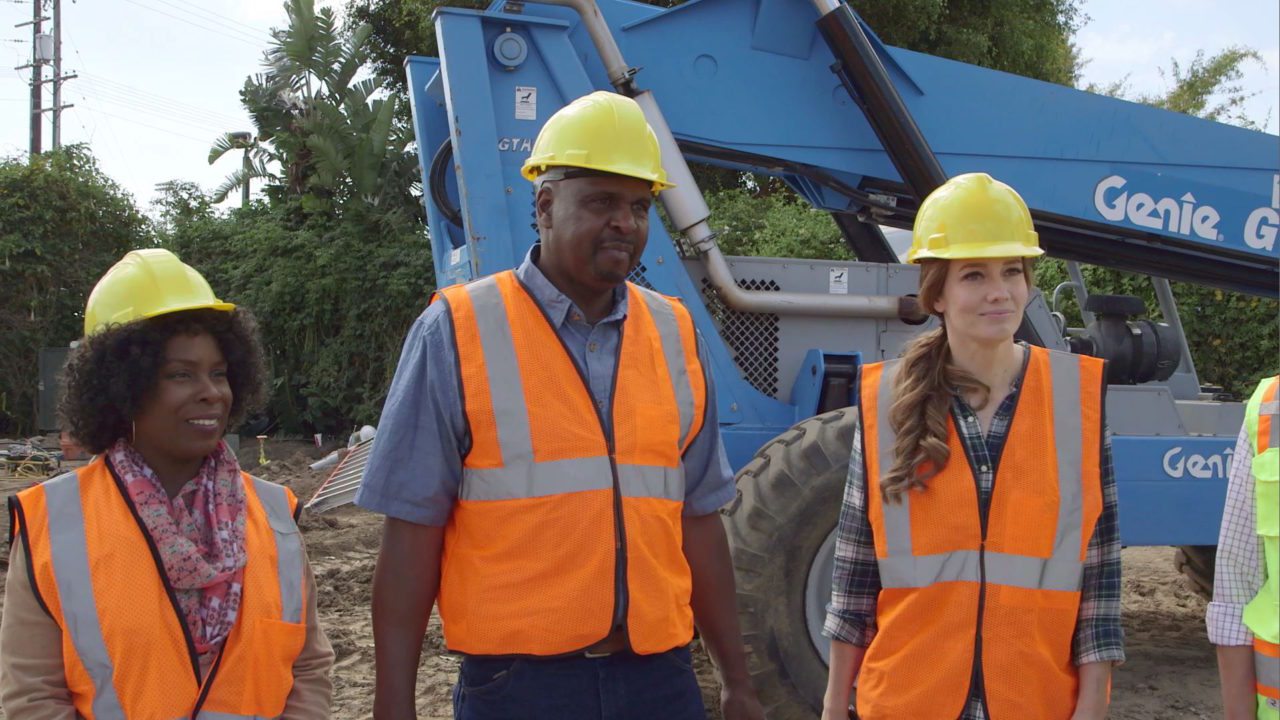
Simultaneously, I auditioned for a television show, CNBC’s Make Me a Millionaire Inventor, to be a co-host. I auditioned when I was eight months pregnant. I went into it knowing it was going to be different, knowing that having a child is going to change your life and knowing that there’s going to be a shift in work-life balance priorities. But also knowing that I can do these things.
There’s no reason why having a child and being a mom should preclude me from starting a business or hosting a television show. You have to juggle things around a bit, but I didn’t want to fear it. I just wanted to adapt and evolve with it.
The next Future Engineers Challenge is in September. For more information, go to futureengineers.org. Sign up now to stay notified of future challenges.
Images via Future Engineers

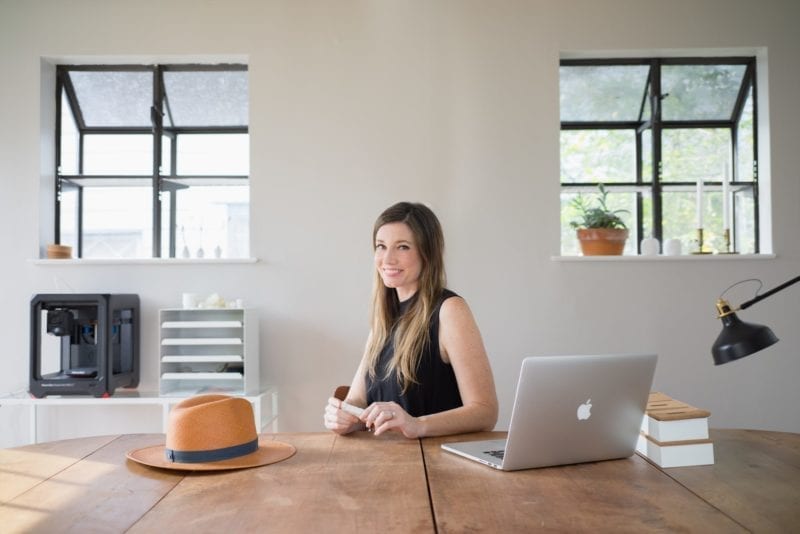
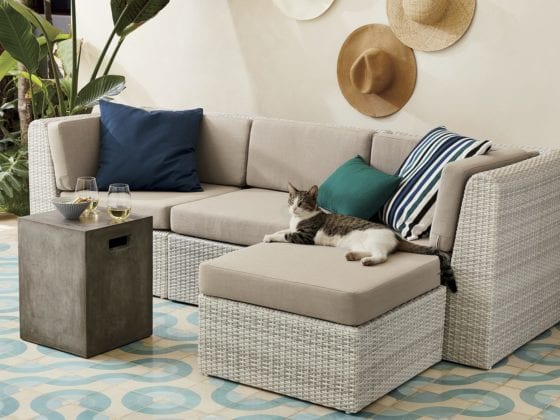

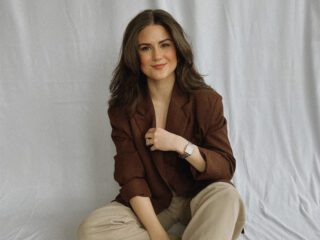
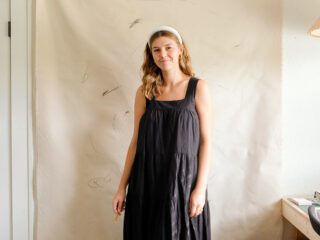

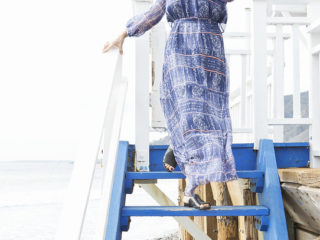



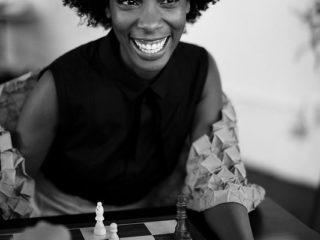
3 comments
I love all of this. I was always attracted to aviation but couldn’t figure out how I wanted to participate. I wish that there had been this kind of encouragement when I was making decisions about how I would fit into that industry and what I had to contribute. No one actively discouraged me, but I had a lot of “that’s weird, I hope you figure it out.” I desperately wish that there had been someone that I could have looked up to and know that it was possible at that age. I’m 26 now and still so unsure if there is a place for me. Eventually, if I can help young girls answer those questions, I want to.
I was in STEM up until Junior year in college. I was taught to use my calculator for all of my calculus then had a professor that wouldnt let us use our calculators at all, and I couldnt pass. Now I am graduating with an bachelors in accounting this fall.
As someone who’s a complete stranger to space, physics and the mathematics of things, this is quite a difficult read. But I’m happy to see young people making a change, so inspirational.
–
Charmaine Ng | Architecture & Lifestyle Blog
https://charmainenyw.com